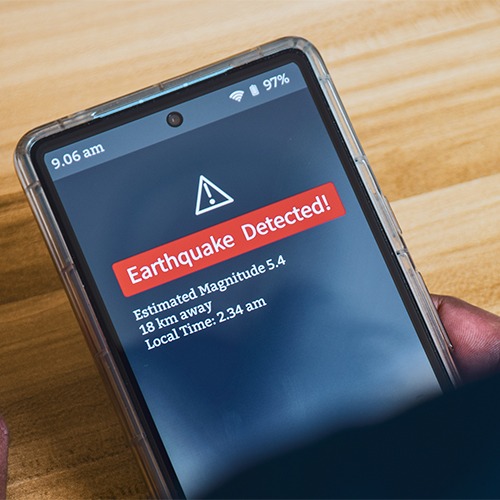Why It Matters in BC
Communities in British Columbia are facing a growing number of cyber threats. In 2020, the City of Kamloops experienced a major cyberattack, resulting in the temporary shutdown of its systems. Local governments across BC have reported phishing, ransomware, and data breaches targeting critical operations.
The Canadian Centre for Cyber Security reported over 2,000 ransomware incidents in 2022, with municipalities among the most targeted sectors. A 2023 CIRA survey found that 44% of Canadian municipalities faced attempted cyberattacks in the past year.
How Communities Can Prepare
- Conduct regular IT security audits
- Train staff on cyber hygiene and phishing prevention
- Keep backups offsite and test recovery protocols
- Coordinate with provincial and federal cybersecurity agencies
























